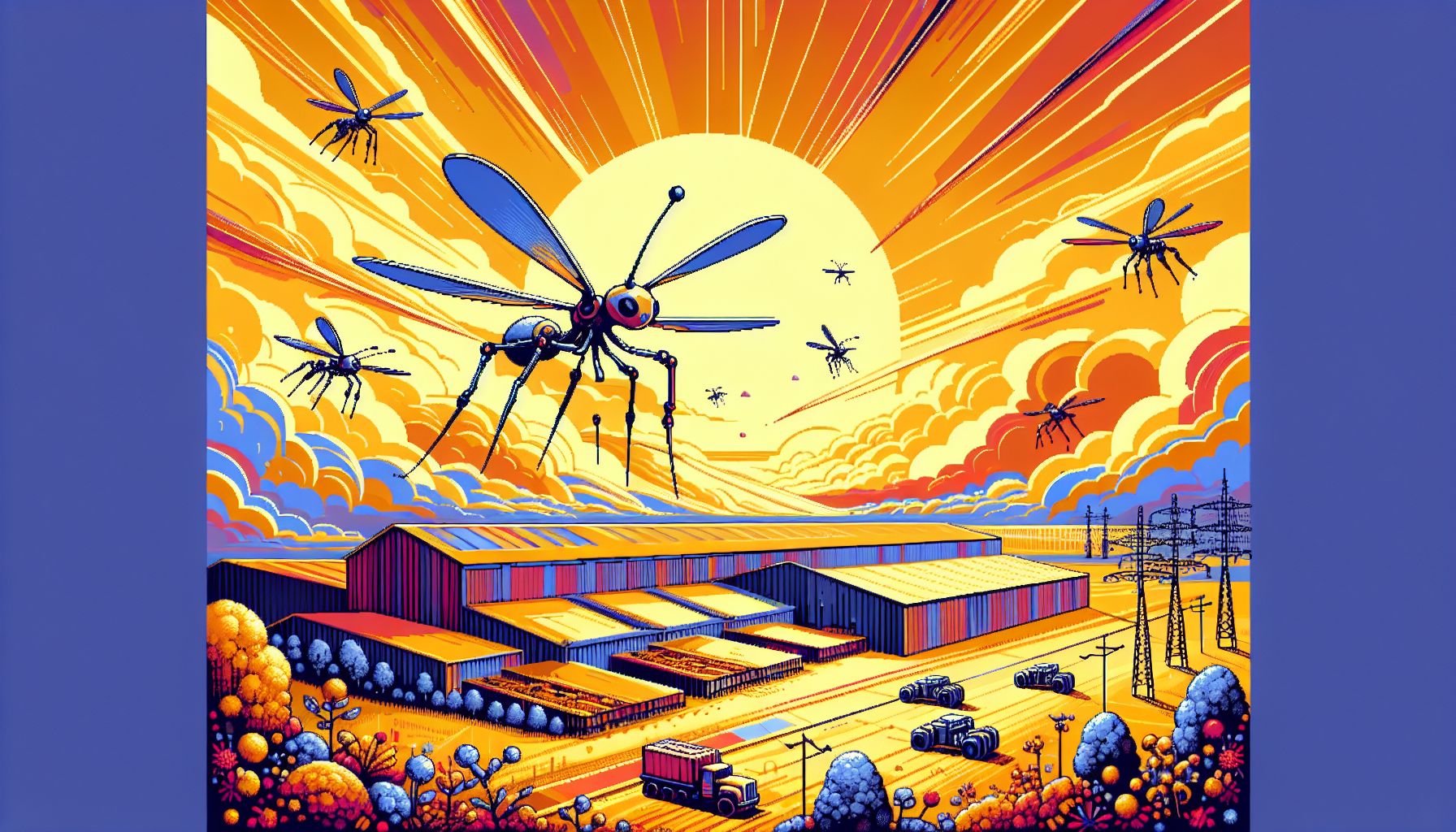Ant-Inspired Navigation Revolutionizes Tiny Robot Mobility

Delft, Thursday, 18 July 2024.
TU Delft researchers have developed a groundbreaking navigation system for small robots, inspired by ants. This innovative approach allows lightweight drones to navigate long distances and return home using minimal computation, opening doors for applications in warehouse monitoring and industrial safety.
The Science Behind the Breakthrough
Inspired by the way ants navigate their environment, TU Delft’s MAVLab researchers have developed a navigation strategy that mimics how ants visually recognize their surroundings and count their steps to return home. This insect-inspired method combines odometry, which tracks the robot’s movement, with low-resolution visual snapshots of the environment. These snapshots act as reference points for the robot, enabling it to navigate back to its starting position by comparing its current visual perception to stored images. The strategy eliminates the drift that often occurs when relying solely on odometry, ensuring accurate return journeys with minimal computational and memory requirements (0.65 kilobytes per 100 meters)[1].
Practical Applications and Advantages
One of the most promising aspects of this innovation is its broad range of potential applications. Tiny robots, weighing just tens to a few hundred grams, can navigate narrow spaces and perform tasks that larger robots cannot. This makes them ideal for stock tracking in warehouses, crop monitoring in greenhouses, and even industrial gas leak detection. The ability to return to their starting point without relying on heavy sensors or external infrastructure like GPS is particularly advantageous in environments where such technologies are unavailable or unreliable[2].
Efficiency and Resource Management
The insect-inspired navigation strategy developed at TU Delft allows tiny robots to operate with extremely low computational and memory resources. For example, a 56-gram drone was able to cover distances of up to 100 meters using only 0.65 kilobytes of memory. This efficiency is achieved by spacing visual snapshots further apart and utilizing odometry-based travel between these snapshots. This method not only conserves memory but also reduces the computational load, making it feasible for tiny robots with limited onboard resources to perform complex navigation tasks[3].
Potential for Future Development
While the current strategy focuses on enabling robots to return to their starting point, the researchers at TU Delft are optimistic about its future potential. According to Guido de Croon, one of the lead researchers, this breakthrough is a significant step towards applying tiny autonomous robots in real-world scenarios. The strategy could be further developed to include more sophisticated navigation capabilities, such as generating maps or navigating more complex environments. This would expand the range of tasks that tiny robots can perform, making them even more versatile and valuable in various industries[4].
Conclusion
The ant-inspired navigation strategy developed by TU Delft researchers represents a major advancement in the field of tiny autonomous robots. By leveraging the natural navigation techniques of insects, the researchers have created a system that allows small robots to navigate efficiently and independently, even in challenging environments. This innovation opens up new possibilities for applications in warehouse monitoring, industrial safety, and beyond, demonstrating the potential of bio-inspired design in advancing robotic technology.

